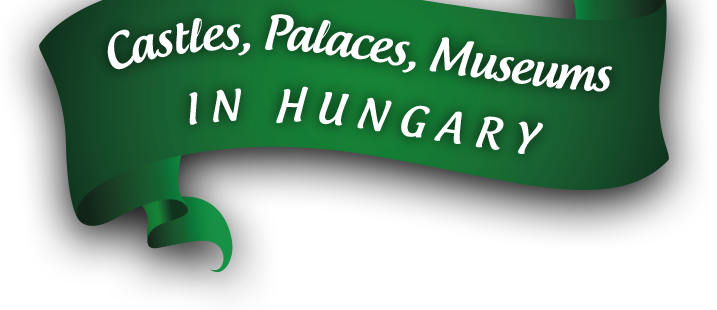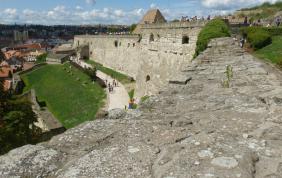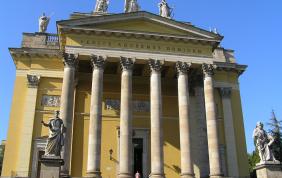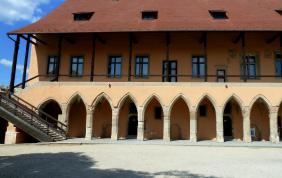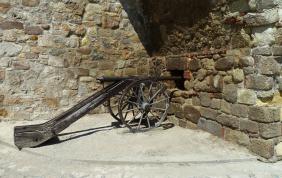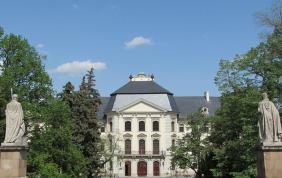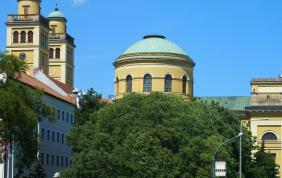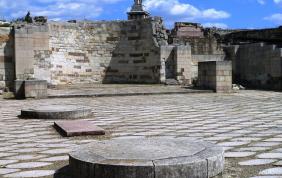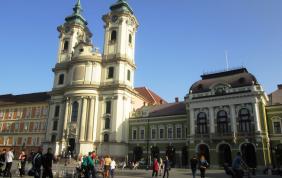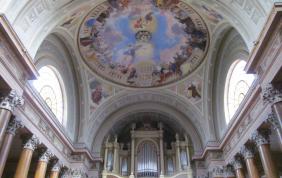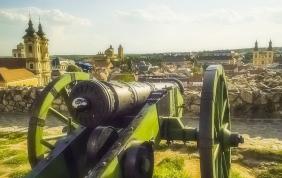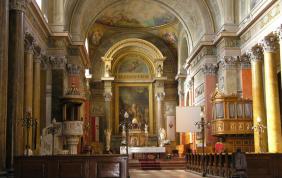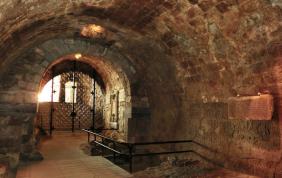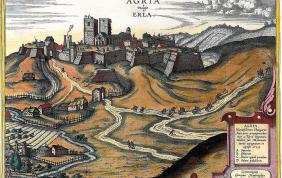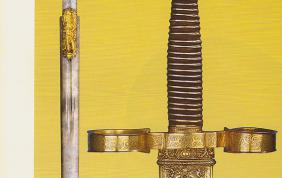EGER
The city of Eger is located between the Mátra and Bükk mountains, in the valley of Eger-creek, it is the second biggest city of North-Hungary. The Hungarian conquering tribes came to this region at the beginning of the 10th century. In the 11th century it became one of the ten bishopric which were organized by King Saint Stephen I (1000-1038). During the Mongol invasion (1241-1242) the city was burned down, and consequently King Béla IV (1235-1270) ordered the construction of a new stone castle in addition to the city’s rebuilding. In the place of the destroyed Romanesque church on the castle hill a Gothic, then late Gothic style cathedral was built. The episcopal seat which developed inside the castle had a heyday in the 15th century. At that time the city was one of the cultural centers of the country. In the 16th century the Turkish conquests reached Hungary as well, as a result, the castle was upgraded with Italianbastion system. In 1552, the vast Ottoman army marched against Eger. The Hungarian army defended the fort even though they were outnumbered by forty times and they had to survive several weeks of siege. This resistance is an outstanding event in the Hungarian history, and it has a worldwide reputation thanks to the famous novel of Géza Gárdonyi. The Castle museum of Dobó István is operating in the castle, which shows the eventful history of the castle in a permanent exhibition. The castle is home to the Eger Gallery, one of the largest art collection in Hungary, which contains Dutch, Italian, Austrian and Hungarian paintings. Eger is one of the country's most popular tourist destination. In addition to the monuments the wines and spas also offer a pleasant stay to the visitors.
Further information: www.eger.hu, www.egrivar.hu
Some pictures downloaded from kepguru.hu.
